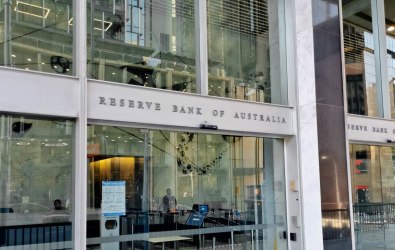State Street Global Advisors (SSgA) has launched a domestic shares fund employing a quantitative investment strategy that aims to reduce market volatility, thereby smoothing out the returns for investors.
The Australian Equity Managed Volatility Alpha fund, has been incubated for two years, and SSgA is now looking to bring it to the market.
"Over the long term there is extensive research that has shown that, contrary to our finance learning, risk doesn't necessarily lead to higher returns," SSgA head of active Australian equities Olivia Engel said.
"In fact, in many markets the highest volatility companies can provide returns significantly lower than low volatility companies.
"We know that the beta of companies is highly correlated to volatility."
In order to reduce volatility, the fund uses a model that puts emphasis on investing in companies that have strong cash flows, demonstrated growth and pay high dividend yields, while at the same time it does not pay attention to the market capitalisation of the companies and their relevant weighting in the index.
As a result, the strategy has a significantly higher weighting towards the utilities and health care industries, while it is underweight financials and materials.
Engel, who joined SSgA in March from GMO Australia, said the current investment environment is much more volatile than before the global financial crisis and this situation is likely to continue.
"The average volatility between 1988 and 2006 was 12.5 per cent, but between 2007 and new the average is 17.5 per cent, that is five points higher," she said.
The fund has been designed to reduce volatility, rather than capitalising on volatility.
In the two years that the fund has been running as an incubation strategy, it returned 4.6 per cent per annum, compared to - 0.7 per cent of the S&P/ASX 200 All Australian Accumulation Index.
A simulation of the strategy over the last 15 years also showed that the strategy performed particularly well during periods of global instability.
During the year of the Asian financial crisis in 1997, the fund returned 28.1 per cent versus 12.7 per cent of the index, while during the dot.com bubble of 2000 the fund added 12.9 per cent over the index.
In 2001, when the September 11 attacks took place, the fund added 12.1 per cent over the index for the year.
"Institutional funds can't just un-invest equities; they are mandated to have a minimum of 40 or 50 per cent in their balanced funds," Engel said.
"What they are saying is: 'we have high conviction volatility is going to continue'. We are simply responding to that," she said.
Engel said the strategy would not serve well as an overlay over existing portfolios.
"I wouldn't recommend it," she said.





